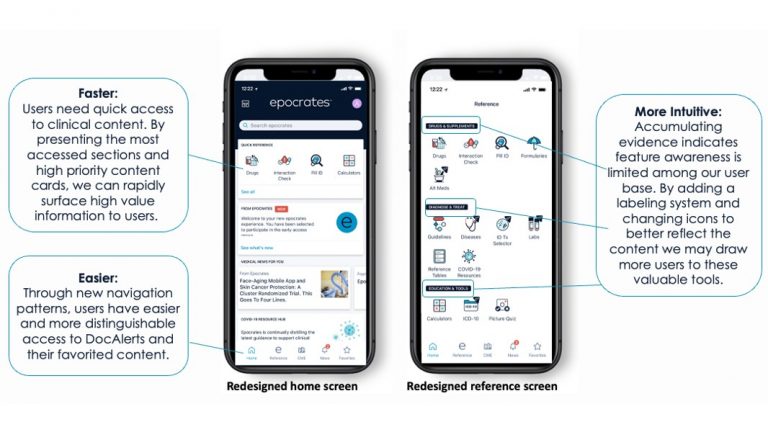Vivalink and U.S. Health Leaders Release National Hospital-at-Home Blueprint Ahead of Medicare Waiver Deadline

Framework offers hospitals technical and operational roadmap to sustain and scale home-based acute care
July 22, 2025 – Digital health company Vivalink, in partnership with the Connected Health Collaborative Community (CHCC), has released a national blueprint designed to help health systems build and expand Hospital-at-Home (HaH) programs. The framework comes at a critical time, with the federal Acute Hospital Care at Home (AHCAH) waiver program set to expire in September 2025.
Developed alongside healthcare providers, payors, and technology companies, the blueprint—titled “Advancing a Sustainable Hospital-at-Home Ecosystem at Scale”—outlines the key technical, clinical, and operational elements needed to sustain in-home hospital-level care.
The CHCC initiative is co-hosted by the Digital Medicine Society (DiMe) and the Consumer Technology Association (CTA), with sponsorship from UMass Chan Medical School’s Program in Digital Medicine.
A Tipping Point for Hospital-at-Home in the U.S.
The AHCAH waiver, introduced during the COVID-19 pandemic, allows hospitals to receive Medicare reimbursement for delivering acute care in patients’ homes. Since its launch, the model has shown promise—improving outcomes and lowering costs. But without legislative renewal, hospitals may be forced to scale back or suspend these programs due to a lack of funding.
“Without a sustainable model, we risk losing one of the most impactful healthcare innovations of our time,” said Jiang Li, CEO of Vivalink. “With real-world insights and scalable solutions, Vivalink’s contribution to this blueprint empowers health systems to deploy hospital-at-home models efficiently and securely, aligning with broader health equity and innovation goals.”
Key Elements of the Blueprint
Vivalink, which provides remote patient monitoring (RPM) devices and data infrastructure for home-based care, led the development of the Technical & Operational Considerations section of the guide. This section offers practical guidance based on direct experience supporting HaH programs, and includes:
- Technical infrastructure: How to capture, transmit, and visualize real-time patient data through RPM platforms
- Clinical workflow design: Managing staffing, logistics, and alerting protocols for home-based care
- Alarm management: Addressing clinician fatigue with smarter alert systems
- Data security and compliance: Protecting patient health information across cloud and mobile environments
- Scalability planning: Lessons from implementations covering onboarding, infrastructure needs, and continuous monitoring
Other sections of the blueprint address:
- Patient journey mapping
- Program evaluation and reimbursement models
- Pillars of successful implementation
Looking Ahead
While countries like Australia and parts of Europe have adopted HaH models for years, U.S. hospitals are still in the early stages of building infrastructure for these programs. The blueprint aims to offer both strategic and tactical guidance to help institutions move forward—even as the policy environment remains uncertain.
With continued advocacy, tools like this blueprint, and collaboration across industry stakeholders, health systems may still find a path to sustain and grow hospital-at-home care beyond the waiver’s expiration.
Vivalink and U.S. Health Leaders Release National Hospital-at-Home Blueprint Ahead of Medicare Waiver Deadline
Framework offers hospitals technical and operational roadmap to sustain and scale home-based acute care
July 22, 2025 – Digital health company Vivalink, in partnership with the Connected Health Collaborative Community (CHCC), has released a national blueprint designed to help health systems build and expand Hospital-at-Home (HaH) programs. The framework comes at a critical time, with the federal Acute Hospital Care at Home (AHCAH) waiver program set to expire in September 2025.
Developed alongside healthcare providers, payors, and technology companies, the blueprint—titled “Advancing a Sustainable Hospital-at-Home Ecosystem at Scale”—outlines the key technical, clinical, and operational elements needed to sustain in-home hospital-level care.
The CHCC initiative is co-hosted by the Digital Medicine Society (DiMe) and the Consumer Technology Association (CTA), with sponsorship from UMass Chan Medical School’s Program in Digital Medicine.
A Tipping Point for Hospital-at-Home in the U.S.
The AHCAH waiver, introduced during the COVID-19 pandemic, allows hospitals to receive Medicare reimbursement for delivering acute care in patients’ homes. Since its launch, the model has shown promise—improving outcomes and lowering costs. But without legislative renewal, hospitals may be forced to scale back or suspend these programs due to a lack of funding.
“Without a sustainable model, we risk losing one of the most impactful healthcare innovations of our time,” said Jiang Li, CEO of Vivalink. “With real-world insights and scalable solutions, Vivalink’s contribution to this blueprint empowers health systems to deploy hospital-at-home models efficiently and securely, aligning with broader health equity and innovation goals.”
Key Elements of the Blueprint
Vivalink, which provides remote patient monitoring (RPM) devices and data infrastructure for home-based care, led the development of the Technical & Operational Considerations section of the guide. This section offers practical guidance based on direct experience supporting HaH programs, and includes:
- Technical infrastructure: How to capture, transmit, and visualize real-time patient data through RPM platforms
- Clinical workflow design: Managing staffing, logistics, and alerting protocols for home-based care
- Alarm management: Addressing clinician fatigue with smarter alert systems
- Data security and compliance: Protecting patient health information across cloud and mobile environments
- Scalability planning: Lessons from implementations covering onboarding, infrastructure needs, and continuous monitoring
Other sections of the blueprint address:
- Patient journey mapping
- Program evaluation and reimbursement models
- Pillars of successful implementation
Looking Ahead
While countries like Australia and parts of Europe have adopted HaH models for years, U.S. hospitals are still in the early stages of building infrastructure for these programs. The blueprint aims to offer both strategic and tactical guidance to help institutions move forward—even as the policy environment remains uncertain.
With continued advocacy, tools like this blueprint, and collaboration across industry stakeholders, health systems may still find a path to sustain and grow hospital-at-home care beyond the waiver’s expiration.






